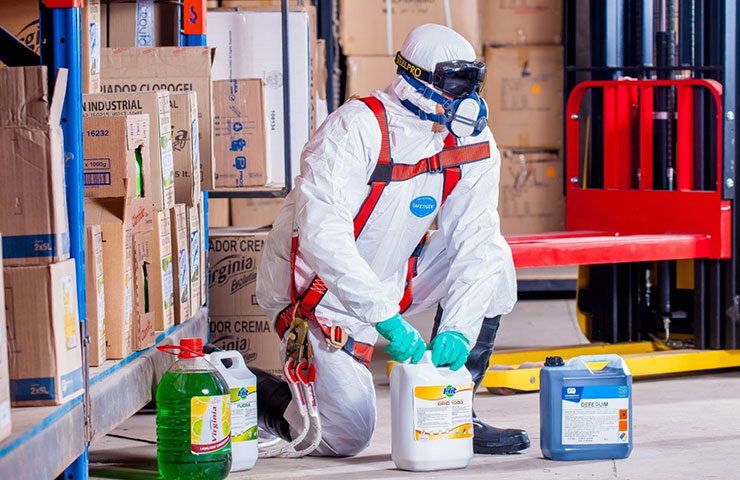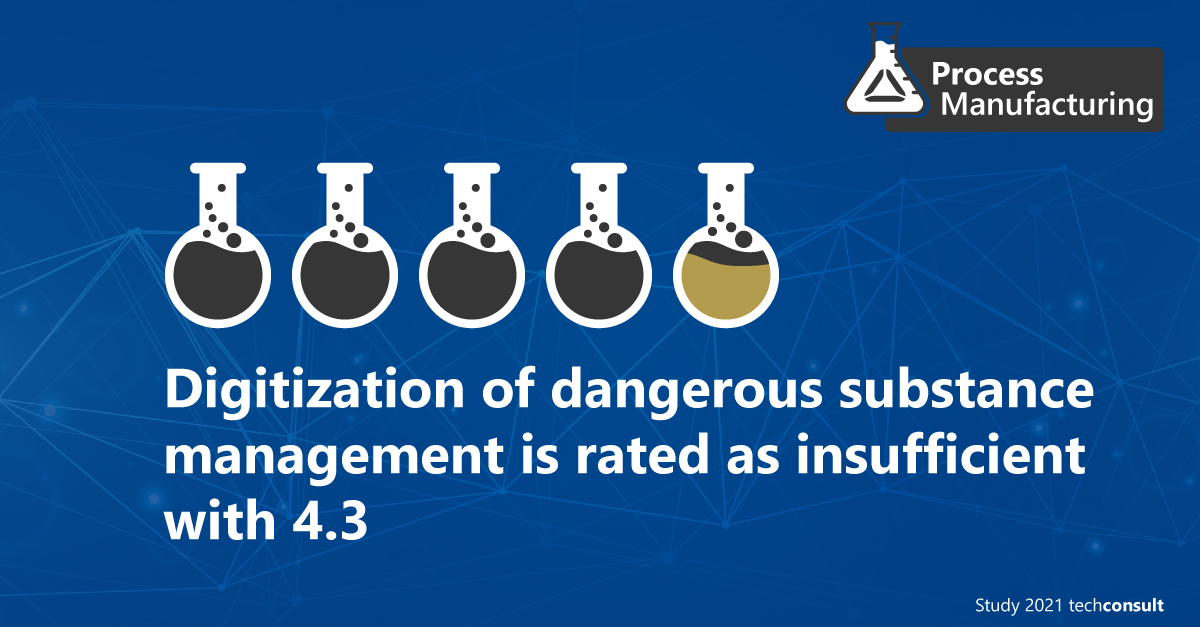A holistic approach to handling hazardous substances

Hazardous substances and mixtures require close attention in operational practice and are subject to numerous statutory regulations. In terms of efficiency, holistic management of hazardous substances is best suited to meet the complex requirements.
There’s much to consider - despite harmonization
The aim all across the world is to establish common criteria for the classification, labeling and packaging of chemical substances and mixtures in order to achieve a uniform level of safety regarding the dangers when handling and transporting these substances.
Important information regarding safe handling, potential dangers and measures to avoid them must be provided in the form of a Safety Data Sheet (SDS) for hazardous substances and mixtures containing hazardous substances. In Europe, the requirements regarding the Safety Data Sheet are set out in the REACH regulation. Creating such data sheets can be quite cumbersome. The various facts relating to product safety - such as GHS labeling and exposure scenarios - are listed in 16 sections. In addition, the data sheets must be written in the official language of the respective country. What’s more, regional specificities, such as workplace limit values, must be taken into account.

Integrated seamlessly into materials management
It makes sense to use ERP-like applications to meet such requirements. In fact, a system for hazardous substance management can only reach its full potential if it is integrated into the ERP system. That way, the relevant information concerning hazardous substances can be provided for order processing, production or the warehouse.
For example, each sales order in the ERP system also includes details as to the region the shipment will go to. Thus, depending on the region, the specific information on product safety regarding workplace limit values, phone numbers of the emergency response centers or particularities such as water pollution classes can be compiled for the relevant shipment and can be sent via email together with the attached SDS. Upon dispatch, the relevant labels can be printed along with the shipping documents and hazardous goods documentation. If hazardous substances management is integrated into the ERP system,the system automatically determines whether a hazardous goods declaration is required for the shipment or whether this is not necessary as a result of regulations for small quantities or exemption regulations.
Such processes are documented in the sales order and the steps can be retraced at any time in the ERP system. Without such an integrated system, transport handling processes can only be automatized to a very limited degree. Essentially, it’s all about compiling the following information:
- Address of sender
- Address of the recipient
- Transport route, mode of transport
- Hazardous goods classification
- Quantity of goods delivered
- Information on packaging.
You can also find interesting facts in our free white paper "Enter the future with reliable master data".
Automatic updates in case of changes in legislation
Laws and regulations on product safety change from year to year. In order for your hazardous goods management to always be based on the current regulations, substance data and text segments (phrases), workflows and contents must be continuously updated. Ideally, this is done by the software developer by means of automatic updates, such that the user can focus on their products.
Conclusion
Thorough and continuous hazardous goods management is essential in order to mitigate risks to people and the environment. As employers, businesses have a particular interest in minimizing the risks to their employees’ health. An IT-supported system for hazardous goods management helps in appropriately assessing dangers, integrating measures for risk mitigation into operational processes and quickly providing the necessary information in case of accidents.
If hazardous goods management is integrated into the ERP system, it can improve further along with the upgrades offered by the developer of the ERP system. Given the dynamics of modern technology, it is essential to consider what the main focus of the developer is. The state of the art today are cloud-based technologies embedded in an extensive ecosystem accessing standardized data hubs for the Internet of Things (IoT).
